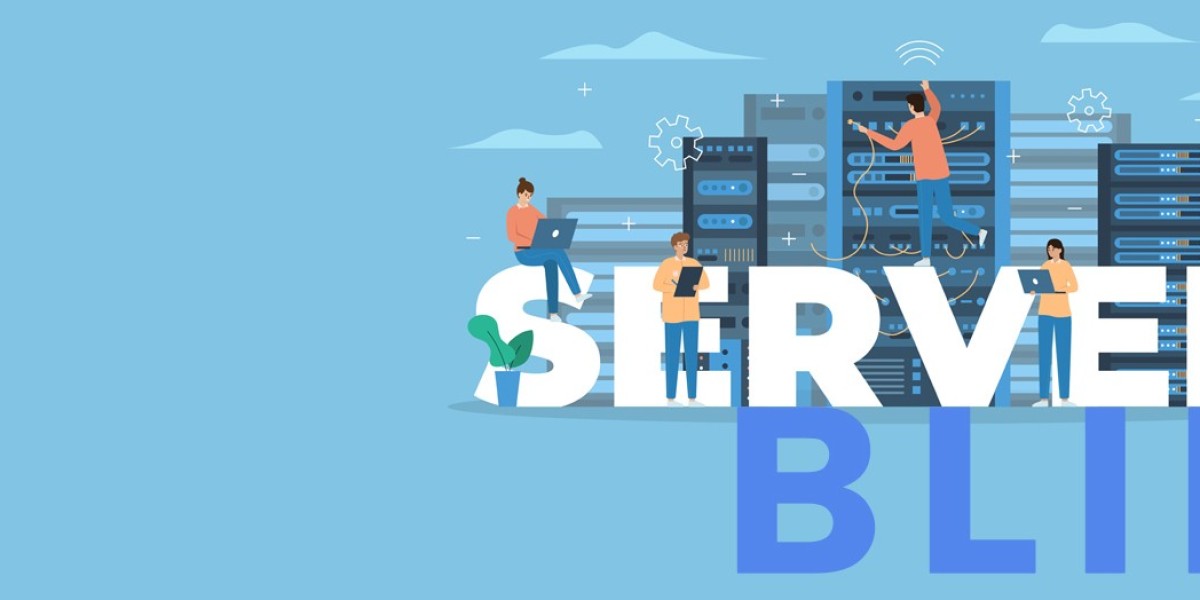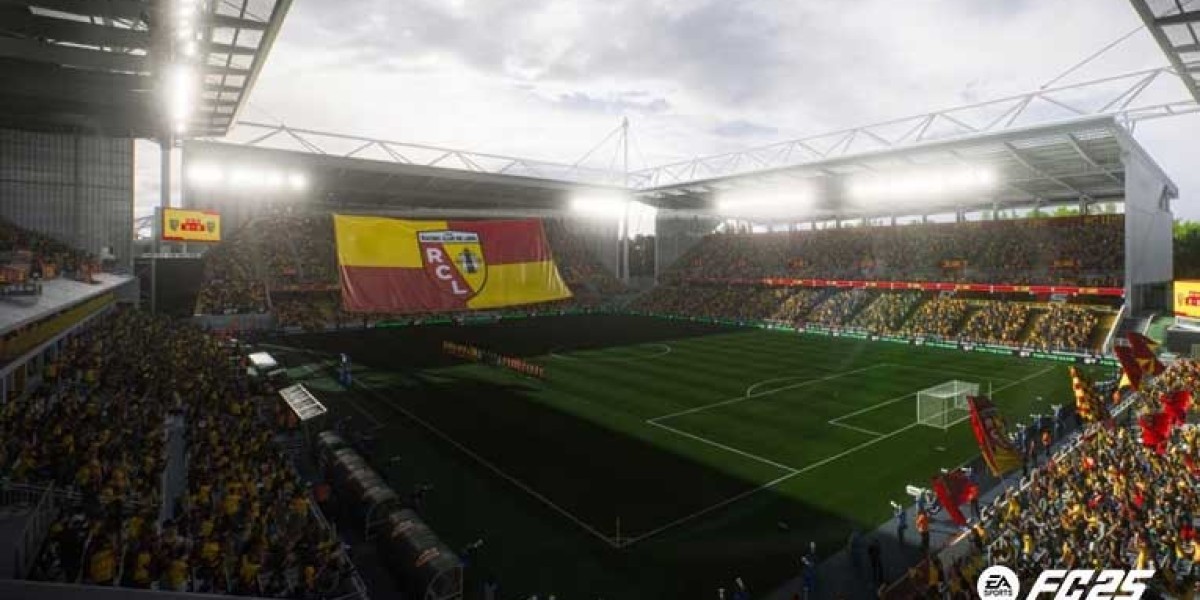Introduction: What is a Server Hard Drive?
In any server, the hard drive is the essential component that stores and retrieves data, ensuring that everything runs smoothly. Often overshadowed by the flashy CPUs or massive RAM configurations, the server hard drive is the backbone of data storage and retrieval. Without a reliable hard drive, your server is little more than a costly piece of hardware.
Types of Server Hard Drives
When choosing a server hard drive, you have a few types to consider, each with its own strengths. The most common types are HDDs (Hard Disk Drives) and SSDs (Solid State Drives).
HDDs are the traditional option, known for their larger storage capacities at a lower cost per gigabyte. However, they tend to be slower because they rely on mechanical components to read and write data. This can result in longer data access times, which can affect server performance in high-demand environments.
On the other hand, SSDs have no moving parts, making them faster, more reliable, and energy-efficient. Though they come with a higher price tag, they offer much faster read/write speeds, which can dramatically enhance server performance, especially in high-load or time-sensitive applications.
Factors to Consider When Choosing a Server Hard Drive
There are several factors to keep in mind when selecting a hard drive for your server:
Performance: The speed at which the hard drive can access and transfer data is critical for servers running resource-intensive applications.
Capacity: Servers may require a large amount of storage space, especially if you plan to host databases, backup systems, or file storage.
Reliability: Servers often run 24/7, making reliability a top priority. Hard drives with a higher MTBF (Mean Time Between Failures) and endurance ratings tend to last longer and perform better under constant usage.
Cost: While SSDs are faster, they are also more expensive. HDDs can offer a cost-effective solution for large storage needs, though they may sacrifice speed.
The Role of RAID in Server Storage
When building a server, many administrators use RAID (Redundant Array of Independent Disks) configurations to combine multiple hard drives for enhanced performance and data redundancy. By using RAID, you can improve data redundancy and prevent downtime due to hard drive failures, offering higher reliability for your server storage.
Conclusion: The Lifeblood of Server Performance
In conclusion, choosing the right server hard drive is essential for maximizing your server’s potential. Whether you opt for an HDD or an SSD, understanding your server’s storage needs and performance requirements is the first step in ensuring its success. With the right hard drive, your server will be a powerful and reliable workhorse that supports your business, applications, or services smoothly and efficiently.



